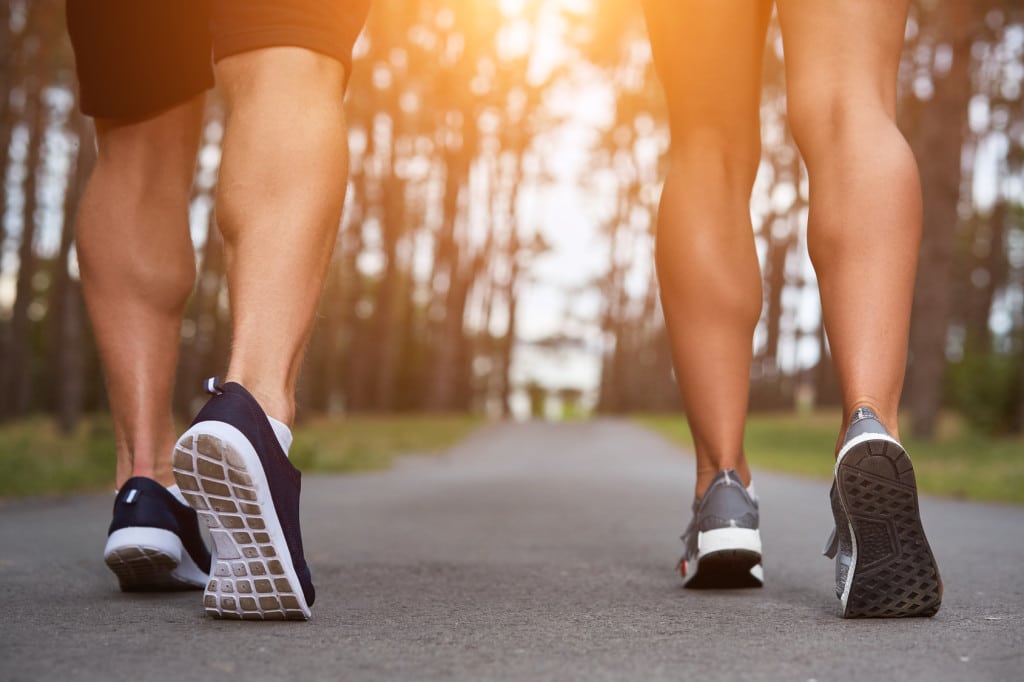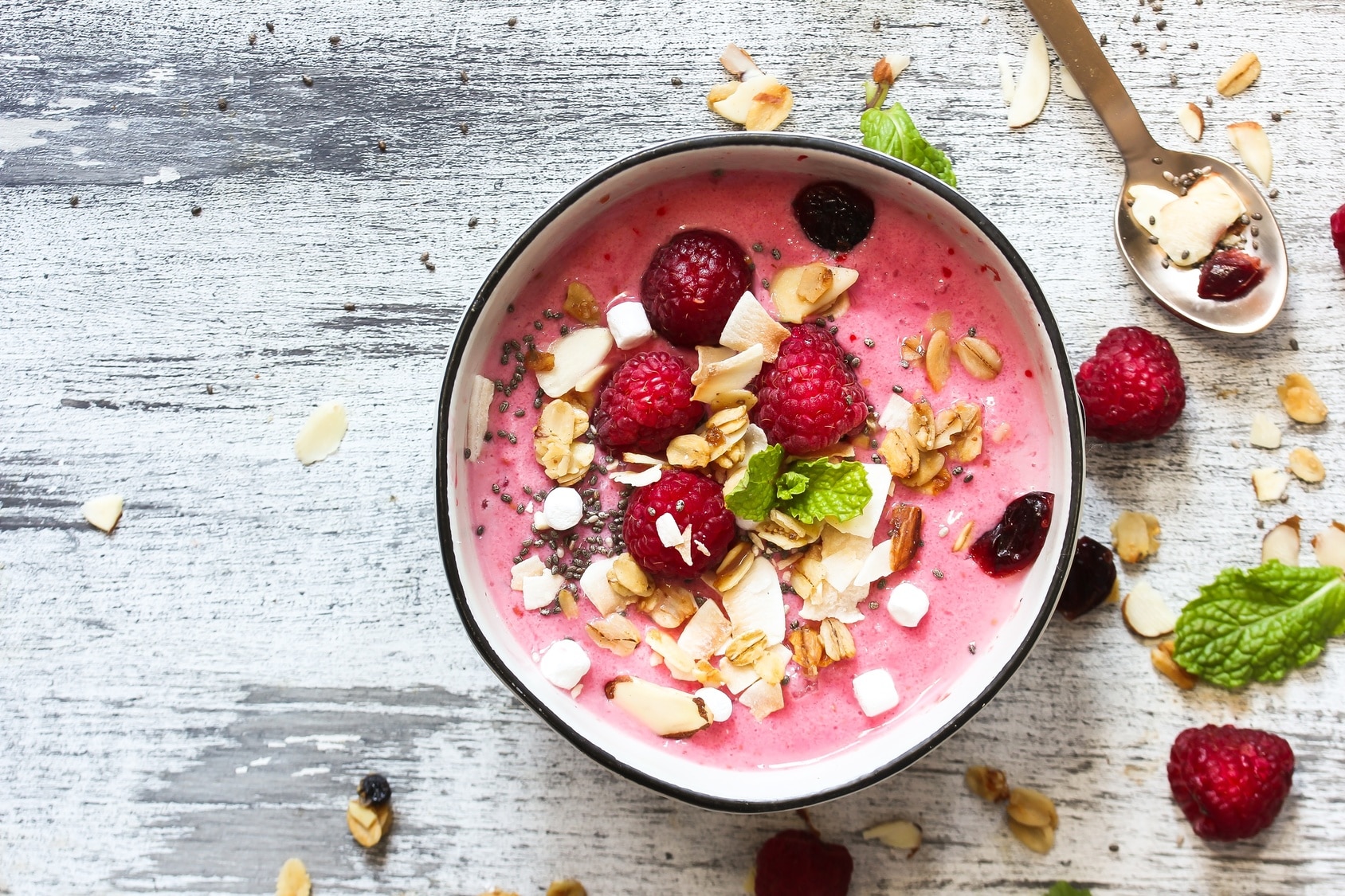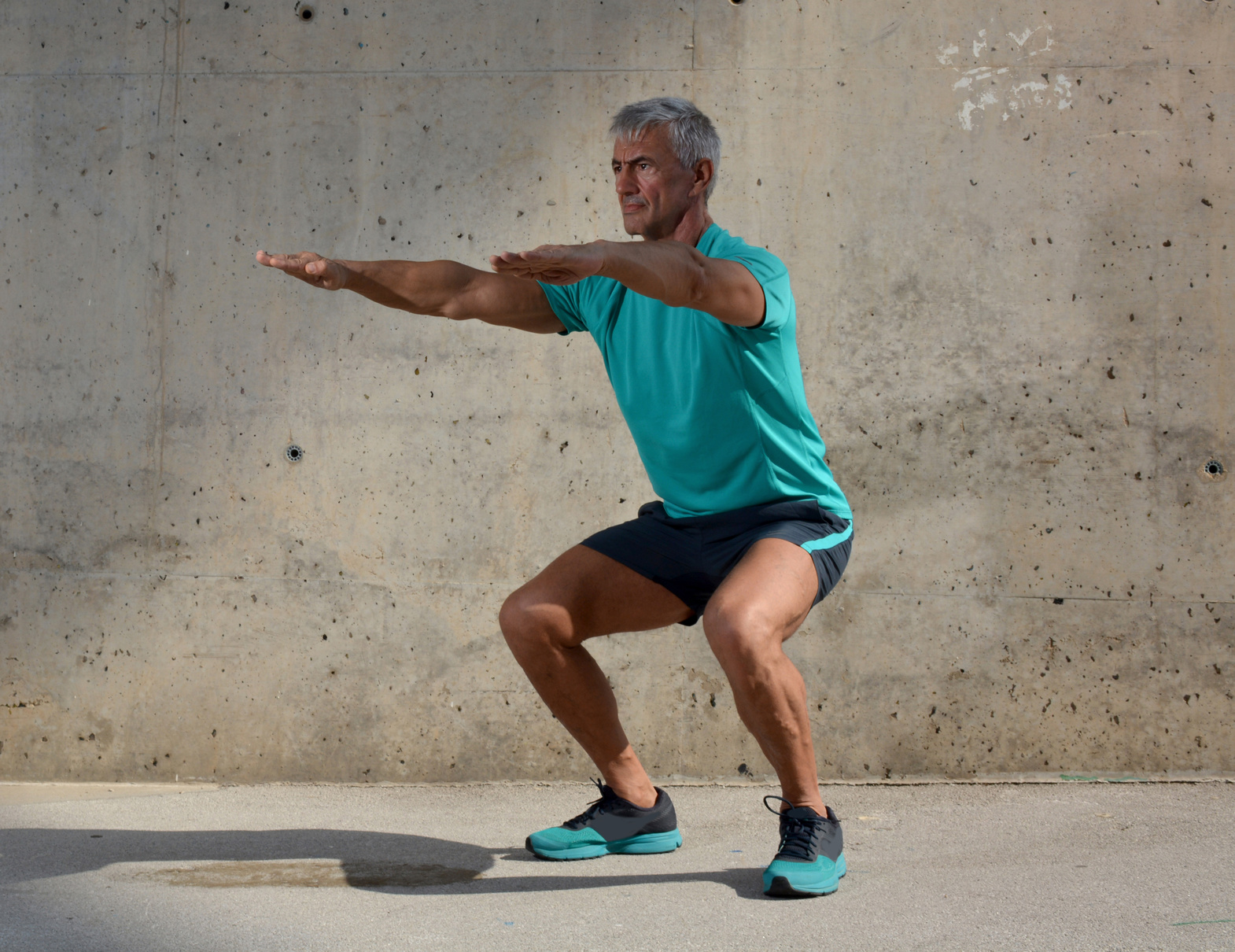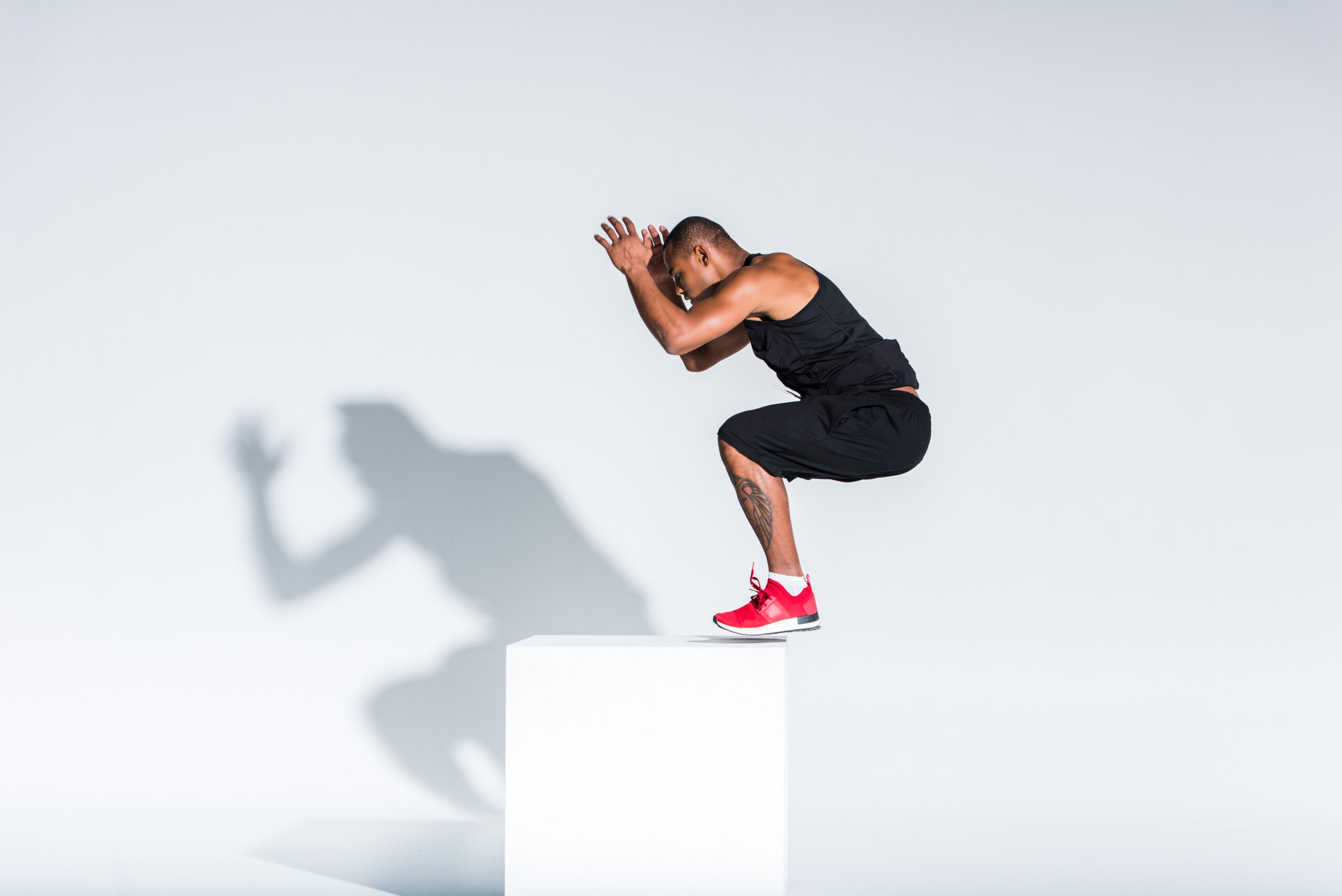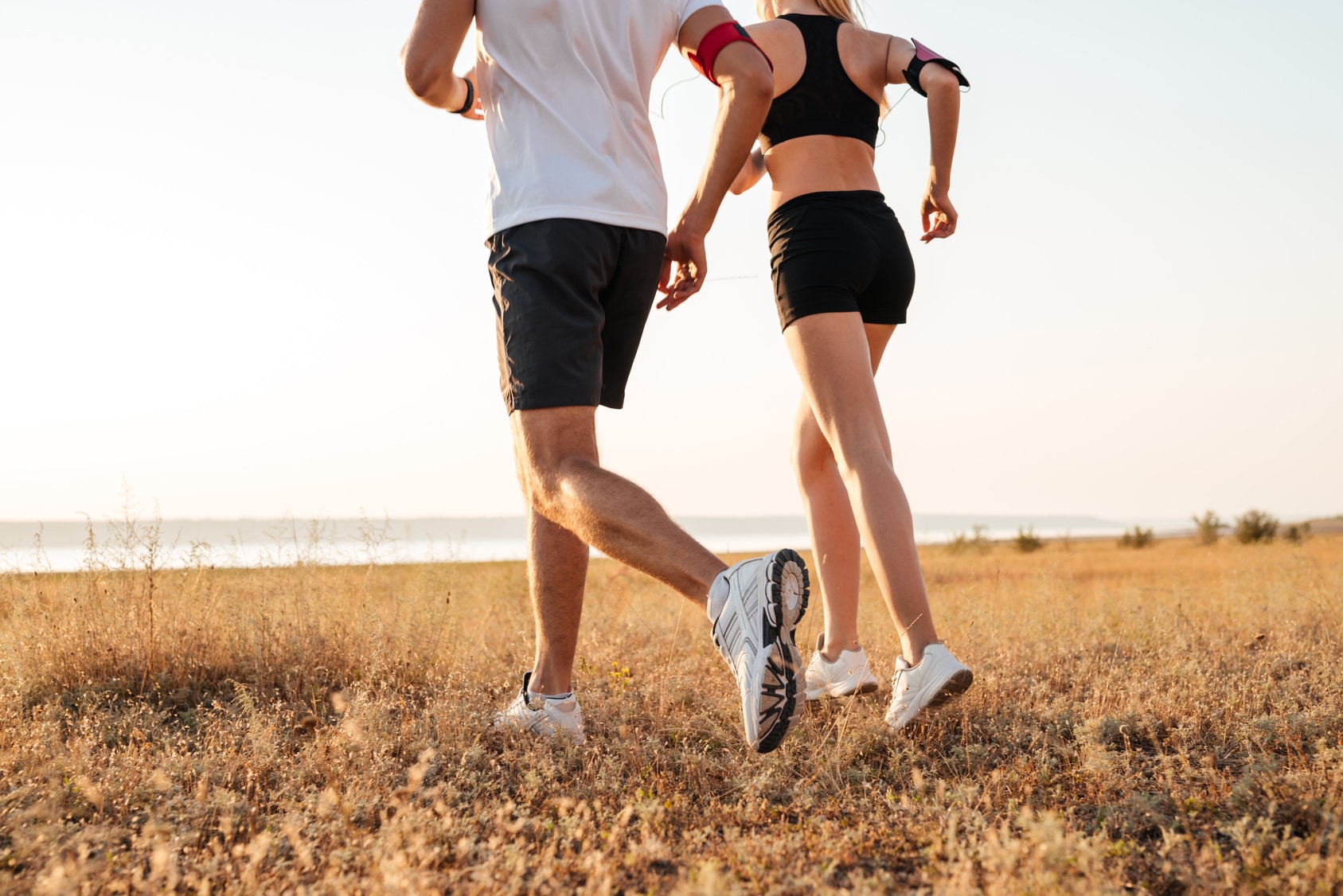It was a crisp morning when my trusty alarm clock chimed at 6:00 a.m. As a dedicated runner, I’ve always prioritized my sleep, aiming to get a solid 7-8 hours of shut-eye every night.
My morning routine is a well-oiled machine. By around 10:00 p.m., I’m already snuggled in bed, ensuring I’m well-rested for the next day’s adventure. When that alarm sounds, I’m raring to go. Within minutes, I’m up, dressed in my running gear – sneakers, socks, a comfortable tee, and my favorite workout shorts.
At precisely 6:15, I step out the door, ready to embark on my morning run. Today, it’s all about tempo training. But tomorrow, it’s a different story. I’ll rise at the same early hour, but my focus will shift to yoga. Later in the day, you’ll find me at the gym, tackling a CrossFit WOD. I prefer evening gym sessions – they somehow boost my productivity.
My exercise routine has become second nature, etched into my daily life. There’s no resistance, no forcing myself out of bed, no teeth-grinding to get going. It just flows naturally. Of course, there are moments when life throws curveballs, and I might stray from my routine. But rest assured. I always come back stronger than ever.
A Very Common Struggle
Let’s face it: forming an exercise habit is no walk in the park for most people. Many folks start off with good intentions, whether it’s running, eating healthier, reading more, or reducing screen time, only to find themselves stopping and restarting repeatedly.
But fear not! What I’m about to share with you today will provide the keys to breaking free from this endless cycle and transform your running routine (or any other workout regimen) into a lifelong, ingrained habit.
Start Small
A common mistake many new runners make is pushing themselves too hard right from the beginning. This approach can lead to injury, burnout, and frustration. To build a sustainable running habit, it’s crucial to begin with manageable and realistic goals.
Starting small, such as incorporating a walk-run method or going for a short run around the block, can make the early weeks of running more enjoyable and achievable. Remember the mantra, “A short run is better than none.” This mindset is especially helpful for beginners.
Whether your goal is weight loss, completing a 10K, or simply being able to jog for 20 minutes without getting out of breath, ensure that your initial goals are realistic and attainable.
The Walk-Run Method
For beginners, the walk-run method is an excellent approach to establishing a running habit. Here’s a beginner’s running program that incorporates this method.
Additional Resource – When it’s the best time to run
Come Up with a Running Plan
Deciding to start running is a significant step, but it’s equally important to support your decision with a well-thought-out plan. The saying, “Failing to plan is planning to fail,” attributed to Benjamin Franklin, holds true for managing exercise routines.
To ensure your running journey is successful, create a detailed plan covering every aspect related to your running routine. This includes choosing a running route, deciding on the time and type of run, and even preselecting your music playlist or any other elements of your training routine.
As crucial as planning your runs is, don’t forget to plan your rewards as well. These rewards can be anything that motivates you, whether it’s a post-run smoothie, a massage, or a relaxing hot shower. These incentives will keep you motivated on your path to achieving your long-term running goals.
Write It Down
Research supports the effectiveness of planning in achieving fitness and health objectives. An experiment conducted at the University of Hertfordshire revealed that individuals without a plan struggled to achieve their New Year’s resolutions.
Once you’ve determined the components of your running plan, write them down and place them where you’ll see them regularly. Be specific about the details, including:
- Running distance
- Running time
- Running duration
- Type of run
- Walk/run ratio (for beginners)
- Training pace
- Running route
I have written a comprehensive guide to running program design.
You can find it here.
Also, prepare in advance your running shoes, clothes, water bottle, and running backpack, preferably the night before.
This helps eliminate any excuse to skip the run.
Turn Your Plan into a Ritual
Once you’ve established a solid running plan, the next step is to turn it into a daily ritual. This concept draws inspiration from Tony Schwartz, the author of “The Power of Full Engagement,” a renowned book on productivity and personal management. If you’re serious about making lasting changes in your life, this book is a must-read.
But what exactly is a ritual, and how can it benefit your running journey?
A ritual consists of a specific set of behaviors that you perform at the same time every day or on specific, designated days. To create a ritual, you need to define the precise behaviors related to running that you’ll engage in. Once these behaviors are defined, commit to performing them at the designated times.
By establishing a fixed time for your running routine, you eliminate the need to expend mental energy on when to fit it in. Additionally, rituals often carry a sense of spirituality or religiosity, making them more compelling, even for individuals who aren’t particularly religious or spiritual.
Creating a running ritual helps you solidify your commitment to regular running, making it an integral and non-negotiable part of your daily or weekly routine.
Additional reading – How to Prevent Overuse Injury
Set a Specific Time for the Ritual
Selecting a specific time of day for your running ritual is crucial. You must determine whether the morning, midday, or evening is the most suitable and feasible time for your runs. Once you’ve chosen a time, it’s vital to stick with it consistently, regardless of any obstacles or distractions.
For example, I’ve committed to running every day at 6:15 a.m., and I find that maintaining this consistency greatly contributes to my success, whether I’m going for a run or practicing yoga.
To enhance your chances of success, treat your runs with the same level of importance as you would an essential work meeting or a family obligation. Make it a non-negotiable commitment by scheduling it into your calendar. This approach demonstrates your dedication to the practice.
As a helpful strategy, develop a habit of marking your calendar with a prominent red “X” on the days you plan to go for a run. This visual representation can serve as a powerful motivator, and ideally, you should aim for three to four big red “Xs” on your weekly calendar. This level of consistency will reinforce your commitment to your running ritual.
Run First Thing in the Morning
Our lives are incredibly busy, filled with long work hours, childcare duties, the captivating but time-consuming world of social media, and various daily obligations. Balancing it all can be challenging, but there’s a strategy to help you maintain your running lifestyle even in the midst of a hectic schedule: run in the early morning when your willpower is at its peak, and the rest of the world is still asleep.
Research supports the idea that individuals who consistently exercise prioritize morning workouts. Therefore, it’s advisable to establish a morning running routine before the hustle and bustle of the day begins, especially before your children wake up. But how can you make this adjustment to your schedule?
It’s relatively straightforward. Start by setting your alarm an hour earlier than usual. If you prefer, you can have a light snack before your run. Once you’ve completed your run, follow it up with a refreshing shower and a nutritious breakfast. By doing so, you’ll already have accomplished more than many people do in the morning.
Remember that being a morning person is not an inherent trait; it’s a habit that can be cultivated. Running in the morning will not only boost your metabolism but also enhance your productivity throughout the day, which is pretty cool, right?
Lay Out your Running Gear
If you have a run scheduled in the morning, make sure to get your running gear ready the night before.
Doing this will help you head out the door with minimum friction, as there’s nothing worse than waking up early and having to hunt through a dark room in a semi-awake state for gear that you need.
This is especially important if you’re not naturally a morning person: if your running gear is nowhere to be found, you’re much more likely to drop the whole plan and say that you’ll run another time.
So, what do you need to lay out? Your clothes, from underwear and running socks to your hat.
Earphones, shoes, watch, hydration belt, headlamp, reflective vest, gels, even post-run rewards—everything that’s needed for your run, in a nutshell.
For more discipline, try sleeping in your running clothes.
If you’re an efficiency freak like me, this is your best option.
Make it Regular
Once you decide on a running ritual, do your best to never skip a workout.
If you skip a day, the process of exercise habit formation only gets harder.
It’s all about keeping your momentum going, especially during the first few weeks.
The easiest way to keep your resolution going is simply not to stop.
Objects in motion tend to stay in motion.
It’s a basic physics law, and you should use it to your advantage.
If your ultimate goal is to run three times a week, then schedule your three runs on non-consecutive days (On Monday, Wednesday, and Saturday, for instance) and do your best not to miss a day.
Pick A Time
Once you establish your running ritual, strive never to skip a workout. Skipping a day makes forming the exercise habit more challenging. Maintaining momentum is crucial, particularly during the initial weeks of habit formation.
Remember the basic physics law: “Objects in motion tend to stay in motion.” Leverage this principle to your advantage. If your goal is to run three times a week, schedule these runs on non-consecutive days, such as Monday, Wednesday, and Saturday. Make a commitment not to miss a day.
Consistency is key, and it’s easier to stick to a routine when you keep it going. Choose a specific time of day for your runs and try to stick to it. For example, if you prefer running in the morning, aim to run at the same time every morning. Establish a routine of at least five workouts per week, including three runs and two cross-training sessions.
On rest days, remain active. Go for long walks, hikes, or bike rides. The principle is simple: keep moving during the early stages of habit formation to solidify exercise as a regular part of your daily schedule.
Prioritize your workout schedule by treating your running sessions as appointments that cannot be canceled. By prioritizing your fitness and health, you ensure that your exercise routine becomes a non-negotiable part of your life.
Make it Pleasurable
Running shouldn’t feel like a dreaded ordeal; it should be an enjoyable experience. While working on building your exercise habit, focus on the pleasure and fun of running rather than solely on end results.
Here are some ideas to make your running more enjoyable:
- Treat yourself to some new, colorful running gear that makes you happy.
- Run with a friend, your dog, or both for added companionship.
- Explore new routes and locations to keep things fresh and exciting.
- Choose pristine trail routes that immerse you in natural beauty and fresh air.
- Use a running app to track your progress, helping you stay motivated.
- Take in the beauty of the sky and appreciate the solitude.
- Create an upbeat playlist of your favorite songs to keep you energized and distracted from fatigue.
- Use the time to listen to an audiobook, podcast, or radio show, making the most of your run.
There are endless possibilities to infuse joy into your running routine, so find what works best for you and make each run an enjoyable experience.
Recharge—Have a Recovery Day
Recovery is crucial for your body’s well-being and performance. It provides an opportunity to rest and readapt to your training load. To support your running habit, consider having a designated recovery day.
I highly recommend taking one day off from intense exercise every week. On this day, prioritize rest and relaxation. If you feel that you need some activity, limit it to a gentle half-hour walk to keep your body moving without exerting too much effort.
The key is to engage in some form of activity every day except your designated rest day. Ideally, this activity should be something you enjoy, and that maintains your habit of staying active. Don’t hesitate to explore other exercise routines in addition to running, as they can also contribute to the development of your exercise habit. Incorporate activities such as strength training, swimming, cycling, and yoga into your routine to keep things fresh and enjoyable.
Give Your Running Ritual Eight Weeks
Be patient with yourself and commit to at least 66 days to establish your new running habit. Habits don’t develop or change overnight; they require time and dedication to become ingrained in your daily routine.
Research conducted at The London University College suggests that it can take six to eight weeks to form a lifelong, lasting habit. Therefore, aim to stick with your running routine for a minimum of 50 to 60 days.
Once you reach this point, you’ll begin to notice significant changes. Your running habit will start to feel like a natural part of your daily life. You’ll build enough cardiovascular endurance to run comfortably for around 45 minutes, experience weight loss, and see tangible improvements in your body and overall well-being. Keep persevering, and the results will be worth it.
Life is Messy Y’know…
A word of caution: Life is unpredictable, and there will be times when your running routine faces obstacles. Whether it’s due to injury, demanding work hours, family commitments, or holiday celebrations, these challenges can disrupt your plans. Remember, it’s not personal; it’s just a part of life.
Perfection should not be your goal, as striving for it will only lead to frustration. Accept that you may miss a day or two (or more) occasionally. When these disruptions occur, don’t beat yourself up or lose sleep over them. Everyone makes mistakes, and life can be unpredictable; it’s a part of the human experience.
Forming a habit, like maintaining a running routine, is a skill that requires consistent practice. Think of it as a muscle you’re training; the more you work on it, the stronger it becomes. So, if you stumble along the way, pick yourself up, brush off the dust, and start anew. Embrace the warrior spirit and never give up on your running habit.
Track Your Progress
You cannot make progress without measurement. This is one of my all-time favorite sayings related to productivity and management, and it holds true when it comes to physical exercise. Whether you choose to track your progress with pen and paper or using a dedicated app, keeping a record of your runs is essential for maintaining your fitness routine.
Being analytical about your exercise regimen pays off. By maintaining a record, you’ll start to notice training trends that can help you determine what works best for efficient and successful training. After all, how can you decide what to do next if you don’t have a record of what you’ve done in the first place?
Progress in your fitness journey can take many forms, from being able to run longer without fatigue to lifting heavier weights or even experiencing improved fitness in how your clothes fit. These are all signs of progress, and they’re something to be proud of.
The Things to Track
It’s important to track various aspects of your exercise routine and achievements, whether you maintain a workout journal or store the information digitally for periodic review. Here are some key things to track:
- Running Workouts: Log the details of your running sessions, including distance, duration, pace, and any specific notes about the run.
- Heart Rate: If you monitor your heart rate during workouts, record this data to track your cardiovascular fitness.
- Running Goals: Document your running goals, both short-term and long-term, and track your progress toward achieving them.
- Running Times: Keep a record of your best running times for different distances to monitor improvements.
- Mileage on Running Shoes: Note how many miles you’ve logged on your running shoes to determine when it’s time for a replacement.
- Running Performance: Track your performance in races or time trials, including race results and personal records.
- Cross-Training Activities: If you engage in cross-training activities like strength training, yoga, or swimming, record these sessions.
- Weight: Monitor your weight regularly to track changes, especially if weight loss or maintenance is a goal.
- Body Measures: Measure your body dimensions, such as waist circumference or body fat percentage, to assess changes in your physique.
- Before and After Pictures: Take photos to visually document your progress over time.
- Meals: Keep a food diary to track your daily meals and calorie intake, which can be helpful for nutrition and weight management.
- Weather: Note the weather conditions during your runs, as weather can affect performance.
- Sleep Patterns: Record your sleep duration and quality to ensure you’re getting adequate rest for recovery.
- Weekly Mileage: Summarize your weekly running mileage to gauge your training volume.
- Calorie Intake: Keep track of your daily calorie intake if you have specific dietary goals.
- Aches and Pains: Document any injuries, aches, or pains to help identify patterns and seek appropriate treatment or adjustments to your training.
The Conclusion
Have you considered starting the running habit? Do you run regularly? I’d love to hear from you in the comment section.


